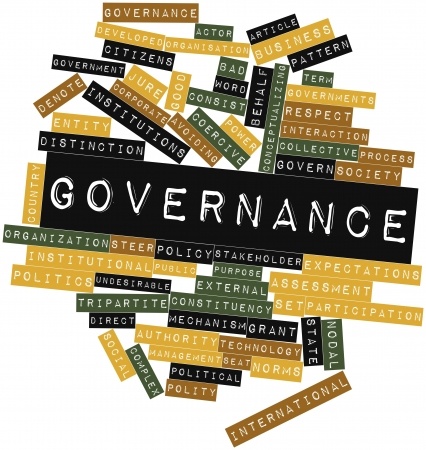Government Staffing Strategies Determine Crisis Response

The typical response to crises is often described as “managed chaos”. This is particularly true when the onset is sudden, the affect is broad, and the duration lingers. Under such circumstances, even the best of emergency plans struggles to be adequate. During a national, state or community crisis such as the Covid-19 pandemic the ability to maintain order and provide emergency public safety and other essential services largely depends on government, in partnership with private sector providers. For government agencies the implications could not be clearer; we must maintain and sustain a workforce that is responsive and adaptable to meet emerging service needs that mutate daily.
During crises government agencies must be able to contact and communicate effectively with personnel. Agencies must rapidly screen and assess employees’ fitness to serve, provide them with protocols and gear designed to maximize their own safety while aiding others, and help them provide for the care and wellbeing of family members they leave behind as they fulfill their public service duties.

Policies and guidelines should be in place which clearly delineate command and control structure. During exigent circumstances, the suspension of select state retirement system regulations, civil service rules, and memorandums of understanding and labor agreement provisions may need to be considered and should be permitted by law. The ability to hire back public service retirees without fear of penalty, to deputize civilians, to enact emergency hiring, to direct employees to work out of classification or during alternate shifts without fear of grievance should be assured. Likewise, the right to temporarily modify working conditions may be necessary to insure an agile and effective public service response. In rare instances the ability to relax customary experience, licensing or certification service requirements for the preservation of life and property may be required.
Lessons learned from the current unprecedented national emergency are sure to focus on increased awareness, planning and preparation for future such events. We have some thoughts about strategies aimed at government workforce readiness and capability.
- Unbiased, realistic and informed assumptions about public service needs and their staffing implications during a broad spectrum of emergencies are essential to achieving desired outcomes.
- The importance and ability for government agencies to “ramp-up” staffing and service delivery quickly and in real time must be considered. This is particularly true considering workforce reductions following the 2008 recession, and public demands that government mimic private industry’s focus on “lean and mean” workforces. Duplicating many private industry best practices makes good sense, however government’s unique role in managing emergency and public health crises demands unique staffing models and levels.
- Reconsider hiring freezes and lingering vacancies as a common strategy to reduce expenditures when budget imbalances threaten. Doing so reduces emergency response capacity and is a poor substitute for maintaining a healthy operating reserve and using it when budget conditions dictate.
- Make certain your job descriptions are up to date and that your recruitment and hiring strategies and partners reflect and assist your desire to employ the most qualified person for each staff vacancy. Then plan, train, train some more and cross-train and conduct regular exercises for every contingency you can envision.
- Consider building, expanding, training and utilizing reserve, auxiliary and volunteer corps for deployment as a force multiplier during crises. The same holds true for important civic and community boards, commissions and committees. Certified Emergency Response Teams (CERTS) are a prime example. For a host of reasons these collective resources have waned in too many organizations and communities. Reasons given include liability considerations, staff and resource allocations, management and supervision challenges and cost. During emergencies, these reasons are sure to pale in comparison to the potential benefits.
- Finally, have a clear succession plan not just for routine staff turnover and retirements but also for emergencies which may render key staff unable to respond or serve. In addition to leadership and public information officials, all operating departments should have designated second and third “in commands” prepared to assume added roles and responsibilities in a moment’s notice. Job titles (i.e. “Deputy”, “Assistant”) and job descriptions should clarify the order of succession.
As always, CareersInGovernment.com invites you—as it has since 1996—to call on us and to use our resources and services to assist you under both emergency and routine operating conditions. We want to be an active partner in meeting your Human Resources needs.

CAREER ADVICE

GOV TALK





